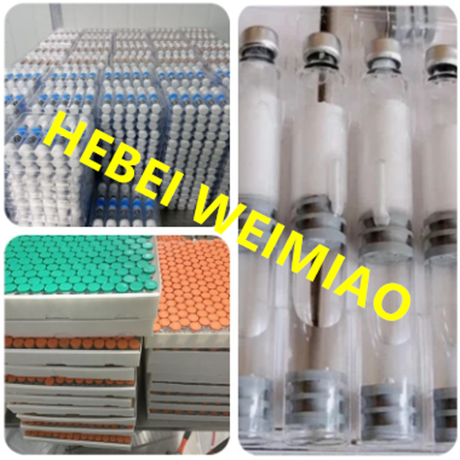
- +86-13363869198
- weimiaohb@126.com

Dec . 04, 2024 00:44 Back to list
Exploring Effective Strategies for FIP Treatment Using GS Technology
Understanding FIP and GS Treatment A Comprehensive Guide
FIP, or Feline Infectious Peritonitis, is a complex and often fatal viral disease in cats caused by a mutation of the feline coronavirus (FCoV). Although it primarily affects cats, its impact can be devastating both emotionally and physically, making its treatment a significant concern for pet owners and veterinarians alike. In recent years, the veterinary field has made strides in understanding this disease and its treatments, particularly regarding the use of Gs treatment.
The Nature of FIP
FIP typically manifests in two forms the wet (effusive) and dry (non-effusive) form. The wet form is characterized by the accumulation of fluid in body cavities, leading to serious complications like respiratory distress, while the dry form involves lesions and granuloma formation, affecting organs such as the liver, kidneys, and eyes. Despite its severe nature, understanding the disease's underlying mechanisms has become increasingly important for developing effective treatments.
The Gs Treatment Option
One of the most promising advancements in treating FIP is the use of Gs treatment, which refers to the use of antiviral medications that target the virus effectively. Recent studies have indicated that antiviral compounds like GS-441524, a nucleoside analog, can inhibit the replication of the feline coronavirus, thereby decreasing viral load and alleviating symptoms.
Mechanism of Action
Gs treatment works by mimicking the natural building blocks of RNA. When the virus attempts to replicate, it inadvertently incorporates the GS-441524 into its genetic code, leading to faulty replication processes. This action not only sows confusion in the viral replication cycle but also allows the cat's immune system to mount a more effective response against the infection.
Administration of Gs Treatment
fip gs treatment

Treatment typically requires careful administration, usually involving subcutaneous or oral formulations. The length of treatment can vary depending on the severity and form of FIP. A typical treatment regimen spans several weeks, during which it is crucial to monitor the cat closely for any potential side effects or complications.
Veterinarians often recommend a total duration of treatment from 12 weeks to several months, depending on the clinical response and specific case characteristics. Throughout the treatment period, regular follow-up appointments are essential to assess the effectiveness of the therapy and to make any necessary adjustments.
Clinical Outcomes
Numerous case studies have shown that GS treatment can lead to significant improvement in cats diagnosed with FIP. Many cats exhibit a marked reduction in clinical signs and an increase in quality of life. Initially grim prognoses have transformed into hopeful recovery stories, highlighting the importance of timely intervention and modern veterinary medicine.
While success rates for Gs treatment are notably high, it’s worth noting that not all cats will respond similarly. Factors such as age, overall health, and the form of FIP may influence treatment outcomes. Therefore, it is vital for pet owners to maintain open communication with their veterinarians, addressing any concerns and discussing potential alternative treatments if Gs treatment does not yield the desired outcomes.
The Importance of Early Diagnosis
An early diagnosis of FIP significantly enhances the chances of successful treatment. Due to the nonspecific nature of early symptoms, many cats are not diagnosed until the disease has progressed. Increasing awareness among cat owners and veterinary professionals is key to ensuring that more cases are identified in the early stages, thereby facilitating timely initiation of Gs treatment.
Conclusion
FIP continues to be a challenging disease in the field of veterinary medicine, but advancements in treatment options like Gs therapy offer new hope. While the journey through FIP can be daunting for both cats and their owners, understanding the disease, being informed about treatment options, and seeking early veterinary intervention can make all the difference. As research progresses, the landscape of FIP treatment will likely continue to evolve, offering even more avenues for recovery in the future. The collaboration between pet owners and veterinarians is crucial in this battle against FIP, affirming the profound bond shared between cats and their human companions.
-
AI-Optimized CAS: 79099-07-3 Factories for High Yield
NewsAug.01,2025
-
Premium CAS 1451-83-8 Factory with GPT-4 Turbo | AI-Optimized
NewsJul.31,2025
-
Pharmaceutical Intermediates - AI-Optimized Synthesis & Purity
NewsJul.31,2025
-
Top CAS: 79099-07-3 Factories & Wholesale Supplier from China
NewsJul.30,2025
-
High-Quality GS-441524 for White Liquid Type Factories & Suppliers
NewsJul.29,2025
-
High-Quality Pharmaceutical Intermediates for Sale – Reliable Supply
NewsJul.29,2025